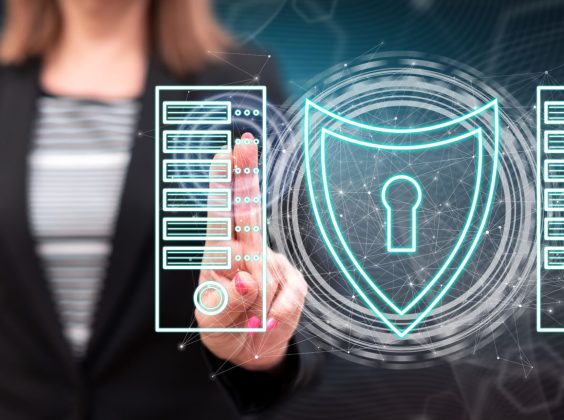In short, if your organisation is classified as an Operator of Essential Services (OES) or a Relevant Digital Service Provider (RDSP) in the UK, you must comply with the NIS directive. NIS2 is not yet a requirement in the UK; however, announcements in the King’s speech imply that the UK may adopt the EU NIS2 directive, which we will help prepare you for later in this article.
To comply with the UK’s Network and Information Systems (NIS) Regulations, your organisation must follow several vital steps. Here’s a comprehensive guide:
Identify Your Status
Determine if your organisation is classified as an Operator of Essential Services (OES) or a Relevant Digital Service Provider (RDSP). This classification will dictate the specific requirements you need to meet.
Risk Management
Implement robust risk management practices to identify, assess, and mitigate risks to your network and information systems, which include:
- Conducting regular risk assessments.
- Implementing appropriate security measures to manage identified risks.
Security Measures
Adopt and maintain appropriate and proportionate security measures, including:
- Access Control: Ensure authorised access to critical systems and data.
- Network Security: Protect your network infrastructure from cyber threats.
- Incident Management: Develop and implement procedures for detecting, responding to, and recovering from incidents.
- Business Continuity: Establish plans to ensure the continuity of essential services during and after a disruption.
Incident Reporting
Establish a process for reporting significant incidents to the relevant competent authority, which includes:
- Reporting incidents that have a substantial impact on the provision of essential services.
- Providing timely and detailed reports as required by the regulations.
Supply Chain Security
Ensure that your supply chain is secure by:
- Assessing the security practices of third-party providers.
- Implementing contractual requirements for security measures with suppliers.
Compliance and Governance
Maintain compliance with the NIS Regulations by:
- Regularly reviewing and updating your security measures.
- Ensuring top-level management is accountable for cybersecurity.
- Keeping detailed records of your compliance efforts.
Training and Awareness
Conduct regular training and awareness programs for your staff to ensure they understand their roles and responsibilities in maintaining cybersecurity.
Engage with Competent Authorities
Work closely with the relevant competent authorities, such as the Information Commissioner’s Office (ICO) for RDSPs, to ensure you meet all regulatory requirements.
Continuous Improvement
Regularly review and improve your cybersecurity practices to adapt to evolving threats and regulatory changes.
By following these steps, your organisation can maintain compliance with the NIS Regulations, ensuring the security and resilience of your network and information systems.
What are the differences in NIS2?
The NIS2 Directive introduces several critical updates and enhancements compared to the original NIS Directive. Here are the main differences:
Scope and Coverage:
NIS: Focused primarily on operators of essential services (OES) in sectors like energy, transport, banking, healthcare, and water supply.
NIS2: Expands the scope to include more sectors and entities, categorising them as “essential” and “important,” which includes sectors like public administration, space, and the food sector.
Security Requirements:
NIS: Required entities to implement “appropriate and proportionate” security measures.
NIS2: Sets more transparent and stringent minimum cybersecurity measures, including risk management, incident handling, business continuity, and supply chain security.
Incident Reporting:
NIS: Mandated the reporting of significant incidents to national authorities.
NIS2: Introduces more detailed reporting requirements, including timelines for initial and final reports, and expands the types of incidents that must be reported.
Governance and Oversight:
NIS: Had varying levels of implementation and enforcement across EU member states.
NIS2: Aims to harmonise requirements across member states, establishing more explicit rules for regulatory frameworks and enhancing cooperation among national authorities.
Penalties and Enforcement:
NIS: Penalties for non-compliance were determined by individual member states.
NIS2: Introduces stricter enforcement mechanisms and higher penalties for non-compliance, ensuring a more consistent approach across the EU.
These updates address the evolving cybersecurity landscape and ensure higher protection for critical infrastructure and essential services across the EU.
If you have any questions or need further assistance, please get in touch with us!





